I need to produce a series of horizontal grouped bar charts. The barplot function does not automatically adjust the margins of the plot, therefore the text gets cut off.
graphics.off() # close graphics windows
test <- matrix(c(55,65,30, 40,70,55,75,6,49,45,34,20),
nrow =3 ,
ncol=4,
byrow=TRUE,
dimnames = list(c("Subgroup 1", "Subgroup 2", "Subgroup 3"),
c(
"Category 1 Long text",
"Category 2 very Long text",
"Category 3 short text",
"Category 4 very short text"
)))
barplot(test,
las=2,
beside = TRUE,
legend=T,
horiz=T)

I can't find an option to automatically move the plot further to the right, the way R dotchart function does it ( (barchart procedure in SAS adjusts the margins automatically as well). Obviously, I can always adjust the margins manually using par function.
par(mar=c(5.1, 13 ,4.1 ,2.1))
will move the plot to the right

Is there an option to move the plot to the right (i.e. adjust the margins) automatically depending on the length of the text?
I can think of 2 related appproaches to do it programmatically: 1) Calculate the length of the longest text string and accordingly adjust the left margin 2) Create a dotchart plot for the data, somehow capture the margins and use the same margins in bar chart.
Is there an easier way to do it? Thanks!